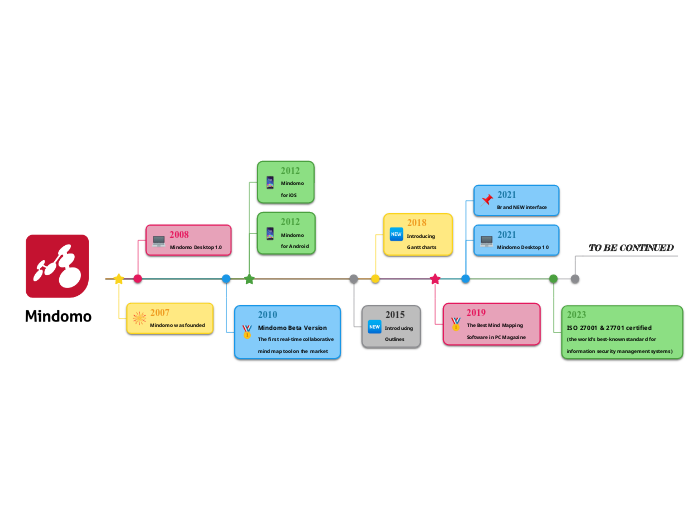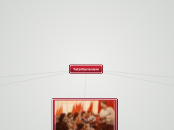What features to look for when selecting Web 2.0 Tools and Resources for the iGeneration
Gardner believes that most educational tasks focus on using the verbal linguistic intelligences and disadvantage students whose strengths lie in differnt intelligences. By selecting Web 2.0 tools that cater for a variety of intelligences and carefully designing taks we allow more studentsan equal display their depth of understanding. Once one reflects on one’s educational values and states one’s educational
goals, however, then the putative existence of our multiple intelligences can prove very helpful.
And, in particular, if one’s educational goals encompass disciplinary understanding, then it is
possible to mobilize our several intelligences to help achieve that lofty goal; for example, by
employing multiple modes of presentation and various avenues of assessment.
Multiple Intelligences
Gardner believes that most educational tasks focus on using the verbal linguistic intelligences and disadvantage students whose strengths lie in differnt intelligences. By selecting Web 2.0 tools that cater for a variety of intelligences and carefully designing taks we allow more studentsan equal display their depth of understanding. "Once one reflects on one’s educational values and states one’s educational
goals, however, then the putative existence of our multiple intelligences can prove very helpful.
And, in particular, if one’s educational goals encompass disciplinary understanding, then it is
possible to mobilize our several intelligences to help achieve that lofty goal; for example, by
employing multiple modes of presentation and various avenues of assessment."
http://howardgardner01.files.wordpress.com/2012/06/intro-frames-of-mind_30-years.pdf
good use of collaboration tools
provides opportunities for reflection
ers for verbal linguistic skills
promotes critical thinking
fosters artistic creativity
User Friendly
The Web tools will only be effective if they are designed user friendly, with an intuitive GUI that allows the user to easily discover the affordances of the tools. Students are encouraged and engaged if they can create a project easily and discover tools intuitively. Video tutorials and screen captures support the learner to become independent learners and free up the time of the teacher to engage meaningfully in quality individual discussions to encourage deep learning and explorations.
iRubric (2011). Evaluation of Web 2.0 tools. www.rcampus.com/rubricshowc.cfm
tools are intuitive
screenshots available
tutorials available
initial creation of project is easy
easy to navigate
Open Endedness
Evaluation Citeria Open Ended
"Technologies should not support learning by attempting to instruct the learners, but rather should be used as knowledge construction tools that
students learn with, not from " ( Jonasson,D (1996)
Open ended Web Tools allow students to explore various methods of demonstrating their knowledge and are suited to a wide range of skills and abilities encountered in a classroom. They foster the development of creative and critical thinking, communication, collaboration and probelm solving skills required of a 21st century learner. ( ATC21S , 2012)
Jonassen, D.H. (1996). Computers in the classroom: Mindtools for critical thinking.
Columbus, OH: Merrill/Prentice-Hall.
ATC21S (2012) What Are 21st Century Skills? 21s.org/index.php/about/what-are-21st-century-skills/
able to link to prior knowledge
fosters deep understanding
choice of direction
able to export to other tools for augmentation
resource affordances only bounded by the imagination of the user
Valuable End Product
Being challenged to create a quality end product that is meaningful and engages students in knowledge and information aggregation is a powerful motivator for successful deep learning.
Burden, K and Atkinson, S. (2008).
end product evidences deep learning
end product demonstrates personality of creator
timeframe to end product is reasonable
end product is quality
Sociability
Sociability is an important feature that allows the student to make connections between school life and real life .The students need opportunities for reflection , immediate feedback, the ability to refine and modify tasks based on feedback. The emotional component is an important consideration to engage the learners in acitivities in which their is a link to their personal interests.
Nelson, KJ. (2008).
able to be shared in a safe environment
allows peer to peer interaction
caters for reflection
Cross Curricular Possibilities
Cross Curricular Possibilities enable the learner to link their learning both to prior knowledge and make connections across curricula. They can develop a set transferrable technology skills and have the opportunity to use the tool again in a different context which ensures it is all about the pedagogy not the technology. Teachers from different faculties can co-plan challenging tasks that satisfy different standards and learning outcomes for different subjects in the ACARA curriculum to allow the students to engage in authentic learning in a crowded curriculum
transferrable skill set
caters to cross curricular possibilities
could be used in different faculties
Evaluating iGeneration iTools









